Types of electrical pipes
Types of electrical pipes
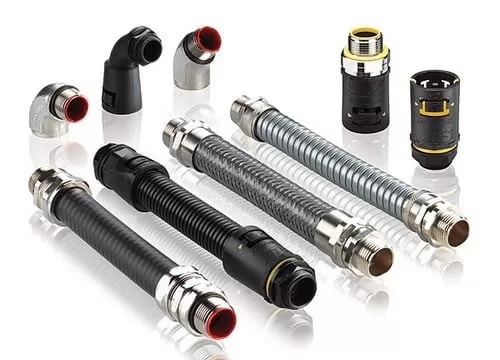 When electricians start wiring a residential property, the first thing they have to determine is what type of wiring they will be using.
When electricians start wiring a residential property, the first thing they have to determine is what type of wiring they will be using.
Selecting the right type of wire will make the work easier for them, and there will also be less discrepancies in the wires, hence, completing the work manually.
Electrical conduits are one of the many essential aspects every electrician should have for their handling experience.
Refers to the durable tubing and other types of wire enclosures used to provide and protect the path of electrical wire conductors.
Here in this blog, we will discuss electrical conduits and describe each of their seven common types.
Types of electrical pipes
What are electrical conduits?
 The plastic or metal tube into which electrical wires run is called electrical conduit.
The plastic or metal tube into which electrical wires run is called electrical conduit.
Downpipes are often used in any exposed locations such as the surface of an exterior wall.
It also protects cables and is used in unfinished locations such as attics and crawl spaces
Basements and even roof-mounted outdoors. At first glance, electrical conduits may look very similar to armored cable wires.
Like electrical pipes, individual insulated and lost wires are encased in armored cables.
These cables are intended for AC power, and can be used in any exposed areas.
Conducting is commonly used as a term to describe a system containing a series of electrical conductors.
The following reasons are why duct systems are specifically installed:
· Providing recesses, especially for making taps and connections in conductors.
· To act as intake ports for installed connectors.
· To connect pipe sections firmly.
· Providing faucets, especially for sub-channel passages.
· Providing access to connectors in terms of future systems and maintenance systems
· To create 90 degree bends for running pipes.
· Serve as mounting outlets for lighting fixtures and wiring devices.
Different types of electrical conduits
Piping systems are generally classified on the materials used to make the pipes, mechanical stiffness and wall thickness.
The materials are selected for corrosion resistance and automatic protection after considering the cost factor.
Several special instructions are needed to be followed explicitly for wiring equipment
In unsafe areas where prior approval is required.
The following types of ducts are generally used for residential and commercial lighting.
1. Electrical Metal Tube (EMT)
 Electrical metal tubing (EMT) is one common example of unbent conduit.
Electrical metal tubing (EMT) is one common example of unbent conduit.
It is generally made of galvanized steel but can also be aluminum.
EMT is often described as “thin-walled” conduits. Because it is thinner and lightweight compared to RMC.
It may also be solid, but can be easily bent using a simple tool called a pipe bender.
The EMT is installed with fittings and connections that are fully secured with compression type clamps or nut fasteners.
The tube itself is not threaded like an IMC or RMC
. Furthermore, standard sizes available for EMT include 1 inch to 1 and a half inches.
Exposed interior wiring is generally used where EMT is used because it is often used in light commercial or residential construction.
That is why it is also necessary to assemble them with special weatherproof compositions.
What are EMT conduits?
Do I need to use it in my project?
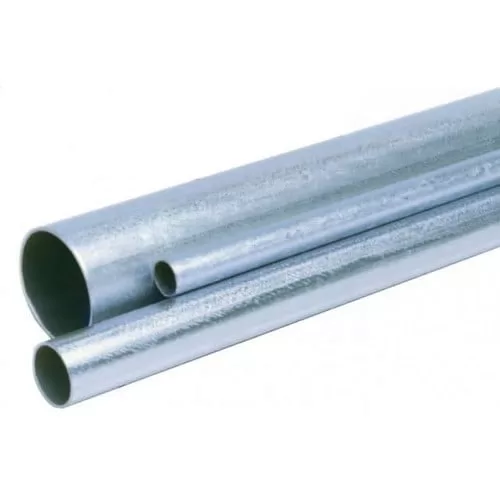 Whether to use EMT piping over GRC or other metal piping options is the question.
Whether to use EMT piping over GRC or other metal piping options is the question.
This short guide can help you understand what it is, and where you should use it.
This is a unique type of metal pipe often found in hardware stores along with other types of duct.
Protecting electrical wires is a must!
With different types and styles of ducts available, it is important to understand the unique differences and uses of each.
Whether you hire a licensed electrician, or you’re eager to take on your first project yourself;
It is important to understand the basics of conduit and the versatility that EMT conduit can bring.
What are pipes?
Conduits, or more specifically, electrical conduits,
They are pipes used not only for protection but also for routing electrical wires throughout a building.
Whether you are installing electrical wiring in a basement, or you are working on a large commercial property;
It is essential to use channels for the safety and organization of your wiring.
There are several different types of conduits that you may encounter in a variety of electrical work projects.
Most channels are made of:
Fiber
Plastic
mine
While most conduit pipe is rigid, there are some flexible options available when the building structure requires it.
The most important function that conduits perform is to protect and stabilize electrical wires so that they do not pose potential hazards or become internally damaged.
You can run pipes in many different ways around your home or building.
Most electricians run conduits through garages, basements, laundry rooms, closets and other exposed areas.
It is common practice to run pipes inside the walls, so the homeowner does not see them on a daily basis.
What are EMT conduits?
EMT is a common thin-walled sewer pipe that is often chosen instead of galvanized rigid conduit.
It is made of plated steel and aluminum.
The reason it is so popular is due to its affordability and flexibility.
It is one of the most lightweight metal piping options and is used with or without threaded fittings.
When installing EMT conduit, you can use clamps to connect the lengths.
Since these channels come in a variety of sizes and dimensions
They appear more commonly in industrial and commercial buildings
, not in residential homes. However, this does not mean that EMT conduits are prohibited for certain residential renovation or construction projects.
EMT conduit sizes
When purchased at retail, EMT channels are typically available in ½” to 4″ sizes; Available in lengths from 10 to 20.
These are larger lengths that, as mentioned earlier, are designed with large warehouses and industrial structures in mind.
EMT conduits also come in a variety of different colors, which can provide an advantage when working with multiple types of conduits.
This way, you can choose a color that stands out and becomes a color that you can easily recognize as EMT mains.
Calculate the size of pipes
You can calculate the right EMT conduit size for your project based on nominal weight, nominal outside diameter and nominal wall thickness.
This specifies its size measurement in either metric or US units.
Electrical conduit sizes vary and are found at your local hardware store or through a trustworthy contractor.
For example, a ½ size EMT is 30 pounds, 706 inches in diameter, and 0.042 inches thick.
This is usually the smallest size available. The largest size is the 4, which weighs 103 pounds, is 4.5 inches in diameter, and is 0.083 inches thick.
| Bend Degree | Multiplier |
| 10 | 6.0 |
| 22 | 2.6 |
| 30 | 2.0 |
| 45 | 1.4 |
| 60 | 1.2 |
You can also use mathematics from triangles to figure out how to bend at a right angle,
Or you can use geometry when bending saddles.
While many of these formulas are very technical, and some are built into the folds themselves,
It can be helpful to learn about the different ways to achieve complex bends.
Strong pipes
While EMT conduits are less rigid than other types, it is important to understand their differences.
Some EMT conduits are made of aluminum, which is rigid and more similar to GRC
. Aluminum has higher corrosion resistance than other metals and materials.
In addition, the steel pipe is usually coated with an additional protective surface, to prevent any type of corrosion, water damage or damage.
If the steel pipe comes into contact with concrete, it faces the risk of corrosion,
This is why applying additional layers of paint to its surface is never a bad idea.
Bending rigid pipes
Rigid conduits are as easily bendable as the more flexible EMT conduits in most situations.
However, do not include it in concrete.
Alkalies in cement are very likely to cause corrosion of hardened canals.
However, this is still a preferred material than its super-hard counterparts,
Since aluminum pipes are lightweight and easier to work with.
How to cut metal pipes
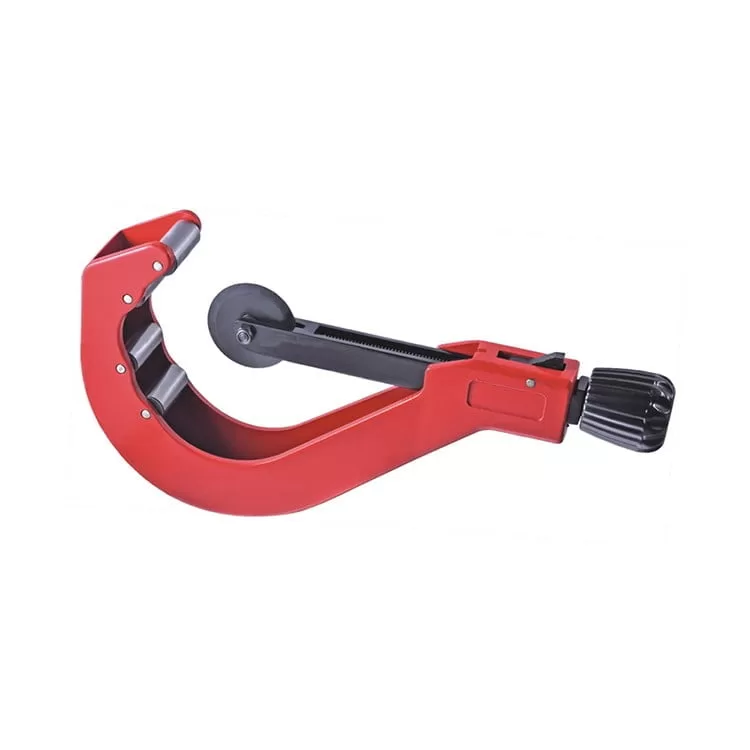 There are certain ways you have to cut pipes in order to run them (whether they are exposed, buried, or installed on the exterior).
There are certain ways you have to cut pipes in order to run them (whether they are exposed, buried, or installed on the exterior).
Most importantly, you need to make sure that when you cut your EMT conduit, you meet local code standards and installation requirements.
If you work with an experienced electrician or contractor, you can easily learn about the policies regarding cutting ducts.
Use a tape measure to determine the dimensions of your pipe.
Make sure the total cutting area is clearly marked with a pen or pencil.
Slowly use the saw over the cut mark, cutting the entire circumference of the pipe.
Always make sure to cut off a workbench or stable table that can catch pipe debris.
A pipe cutter can work in place of a saw if you don’t have one.
Additional tip:
You can wrap a pipe cutter around the pipes, which will make a groove around the circumference, making a cut mark much easier.
After you have successfully cut your EMT, you can proceed to bend it the way you want.
Is EMT piping right for your project?
Any large-scale industrial, commercial or warehouse electrical project will likely have EMT conduits installed throughout.
While most of these pipes are located inside the walls, they are sometimes exposed in different colors.
You will find EMT to be one of the easiest and lightweight materials to work with. Due to its flexibility, it is easy to bend, cut and install in a variety of construction projects.
Plus, you’re guaranteed to find it at your local hardware store, too!
2. Rigid metal conduits (RMC)
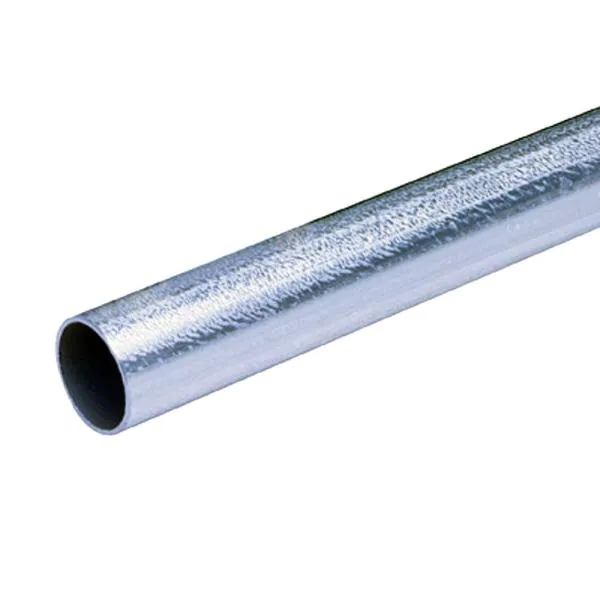 RMC stands for Rigid Metal Conduit and is heavy-weight galvanized steel that is installed using threaded fittings.
RMC stands for Rigid Metal Conduit and is heavy-weight galvanized steel that is installed using threaded fittings.
It was commonly used outdoors to provide additional protection from damage.
It is also important to provide structural support, especially for electrical panels, cables, and other equipment
. RMC is only available for sale in lengths of 10 to 20 feet, and must have threads on both ends.
Solid metal is one of the most affordable options for electrical wiring on the market.
However, it significantly provides additional strength and durability, which is a big advantage.
Rigid Metal Conduit – RMC (Ferrous Metal)
. RMC is a graded metallic toothed raceway of circular cross section with a coupling,
Which can be either standard straight coupling or integral type.
The threads on the unplugged end are covered by industry-leading colour-coded thread protectors
, which protects the threads, keeps them clean and sharp, and helps in identifying the trade volume. RMC is available
With trade sizes from 6 to 6.
(See table for metric trade size determinants.)
Thread guards for trade sizes 1, 2, 3, 4, 5 and 6 are color-coded blue;
Trade sizes ½, 1½, 2½, and 3½ are black;
Trade sizes ¾ and 1¼ are in red.
The standard finished length of RMC with coupling is 10 feet.
RMC can have a zinc primer coating,
Or a combination of zinc and organic coatings
, or a non-metallic coating, such as PVC
. Supplementary coatings can be applied to all three where additional corrosion protection is needed.
RMC is the heaviest and thickest steel conduit.
When galvanized by hot dip process
It contains a layer of zinc inside and outside.
Electro-galvanized RMC features only a zinc outer layer,
With internally certified corrosion-resistant organic coatings.
RMC with replacement corrosion protection generally has organic coatings on both the exterior and interior surfaces.
RMC galvanized is non-combustible and can be used indoors, outdoors, underground, concealed or exposed.
RMC may have
With non-zinc based coatings temperature restrictions will be noted on the manufacturer’s product label and may not be listed for use in environmental air spaces;
Consult the manufacturer’s menus and labels.
3. Intermediate metal conduits (IMC)
 The IMP or IMP is likely to be a lighter and thinner version of the RMC
The IMP or IMP is likely to be a lighter and thinner version of the RMC
. However, it has been approved for use for all similar applications, just like
RMC. In some cases, IMC is more commonly used in construction because it is lighter and easier to work with.
It also provides the same level of protection as RMC and is considered a more economical alternative for projects where expenses are a major issue.
Intermediate Metal Conduit – IMC (Ferrous Metals)
. Developed in the 1970s, the IMC is a threaded steel race track inscribed in a section
Circular cross coupling can be either standard channel coupling or integral type.
Just like with RMC
Color-coded thread guards protect the loose ends of the conduit and keep them clean and sharp,
It helps in identifying the volume of trade.
IMC is available in commercial sizes ½ to 4.
Screw protectors for commercial sizes 1, 2, 3, and 4 are color-coded orange;
Trade sizes ½, 1½, 2½ and 3½ are yellow;
And trade sizes ¾ and 1¼ are green. The finished standard length of the IMC, with coupling, is 10 feet.
The intermediate metallic conduit (IMC) has a thinner wall than the RMC and weighs about one-third less.
IMC has a thinner wall than the RMC and weighs about one-third less than the RMC
. The outside has a zinc-based coating, and the inside has a certified organic corrosion-resistant coating
. IMC is interchangeable with galvanized RMC.
Both have threads with a 0.75 inch taper per foot,
They use the same couplings and fittings,
They have the same support requirements, and are allowed in the same locations.
4. Flexible metal conduits (FMC)
 FMC is also referred to as “Greenfield” , derived from the inventor’s name.
FMC is also referred to as “Greenfield” , derived from the inventor’s name.
It has a spiral structure that makes it very flexible. The flexibility of FMC makes it adaptable through walls and even other structures.
Standard FMC is typically used for dry indoor locations, which often only last for short periods.
Furthermore, FMC is always a great alternative for many areas that require close spacing and tighter bends.
The latter will make it difficult to bend regular channels. Lights, vents, and water heaters are common examples of basic flexible duct installations.
5. Liquid ductile ductile metallurgy (LFMC)
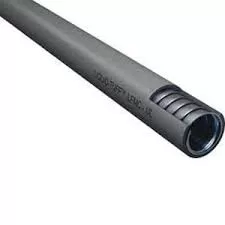 While LFMC or sealed flexible metal conduit is a special type of flexible metal pipe used
While LFMC or sealed flexible metal conduit is a special type of flexible metal pipe used
With fittings that are necessarily sealed and have a plastic coating,
The parts that make up the entire LFMC make it watertight.
These metal electrical conduits are also used with outdoor equipment such as air conditioning units.
6. Non-metallic electrical pipes
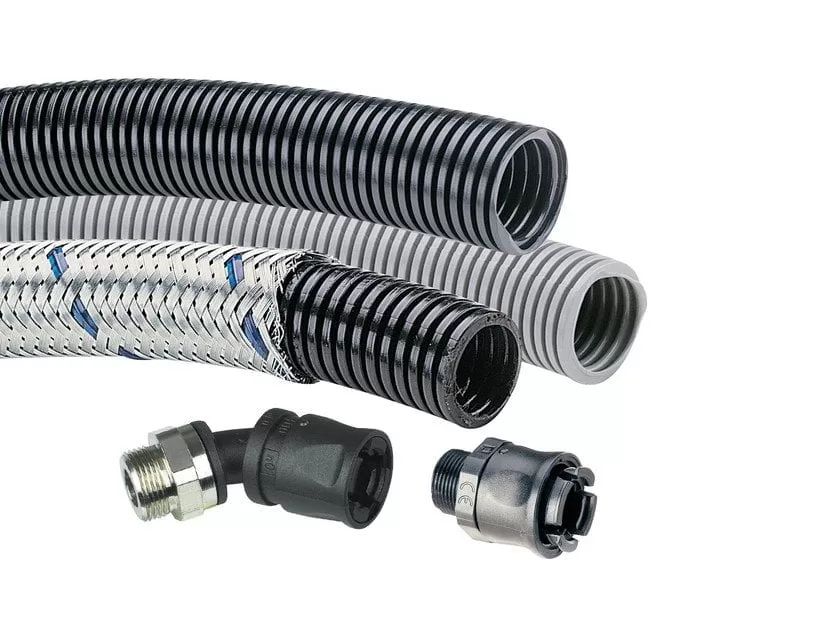 Non-metallic electrical conduit is a kind of flexible corrugated plastic pipe
Non-metallic electrical conduit is a kind of flexible corrugated plastic pipe
It is usually fixed with glued plastic fittings or an additional fastener.
In addition, when it comes to installation and standard metal or timber frame walls,
Non-metallic electrical conduits can be installed inside concrete block structures
It can be initially covered with concrete.
Furthermore, the ENT is nicknamed the “Smurfs’ tube.” Because of its blue color.
7. Rigid PVC pipes
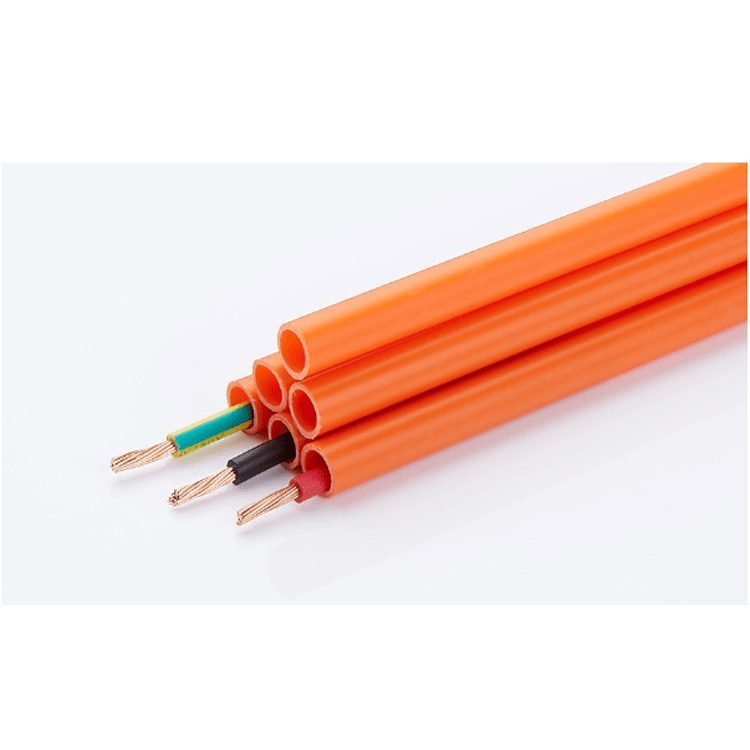 PVC or rigid polyvinyl chloride is very similar to plastic plumbing pipe and is allowed to be exposed to corrosive environments.
PVC or rigid polyvinyl chloride is very similar to plastic plumbing pipe and is allowed to be exposed to corrosive environments.
It is installed using plastic fittings that are glued directly into place.
It can be bent directly after being heated inside a portable heater box.
Pipe assemblies can also be weathertight because the fittings and ductwork are bonded together.
It has only been proven that PVC is really suitable for rapid burial of grounds and for several other applications.
Here are the advantages of using rigid PVC:
· Available in different wall thicknesses
It is usually less expensive compared to other options available
Extremely lightweight, versatile and easy to install
· It works well both in the ground and in concrete
With all the advantages it offers, PVC pipes are not recommended for use in specific areas where direct sunlight is too exposed.
Natural light comes from the sun breaking down materials over time.
However, overall, Rigid PVC is still a great option despite the drawbacks.
 PVC coated raceways are generally installed as a system, which means that the fittings, pipe bodies, straps, hangers, boxes,
PVC coated raceways are generally installed as a system, which means that the fittings, pipe bodies, straps, hangers, boxes,
etc., also painted. However, installations exist where the coated elbow is only used in a galvanized piping run, such as where exiting from soil or concrete.
Manufacturers’ instructions are very important when installing plastic-coated products and systems, and special tools are generally required for installation.
Applications. There are two main reasons to use steel pipe.
It is the best possible protection for the electrical connector and wiring systems, and it also makes it easier to insert and extract connectors and wires.
Today, steel conduit is used in almost every application where electrical conduit and wire are found:
Commercial, retail, residential, manufacturing and other industrial facilities, healthcare, educational institutions and more
, and a wide range of internal, external and underground foundation applications, even where corrosive and hazardous conditions exist.
In some cases, different types of steel piping are best for specific applications. For example:
RMC has the thickest wall, making it the heaviest steel pipe.
It can be used indoors, outdoors, underground and in both hidden and exposed applications.
IMC has a thinner wall and weighs less than RMC
. IMC can be used for the same applications as galvanized RMC.
EMT is the lightest steel pipe ever manufactured. Field operators typically find it easy to change, reuse, or repurpose an EMT
. Although EMT is made of light-walled steel,
However, it still provides great physical protection and can be used in most exposed locations,
Except in cases where severe physical damage is likely.
Plastic coatings can be used on exposed or galvanized steel pipes or pipes that have an additional zinc coating.
Plastic coatings used on galvanized steel pipes can also be used,
Or over steel tube, which has an additional zinc coating, in highly corrosive places and atmospheres.
Manufactured elbows, nipples and couplings.
Despite the strength of all those 10-foot sections of steel pipe
, they still don’t make a complete system without the help of elbows, nipples and couplings.
Elbows.
 Elbows of the correct type and dimensions are an important component of any raceway installation.
Elbows of the correct type and dimensions are an important component of any raceway installation.
They are curved sections of pipes or pipes used to change the direction of a raceway or pass obstacles.
IMC and RMC elbows are threaded on both ends.
Factory made elbows in both standard and special radii are readily available for all sizes of RMC, IMC and EMT
. Elbows with integral connections are available in commercial sizes from 2½ to 4.
Specialized large radius elbows, often referred to as “sweeps,” are also available.
They are usually custom-arranged to solve different installation problems.
Sweeps are typically used to facilitate wire pulling operations, assist in installing conduit in limited or ergonomically difficult spaces,
Or provide a specific abatement length, or enhance the protection of communications or fiber optic cables during wire drawing.
The physical dimensions of factory-made attachments for RMC, IMC, and EMT vary between manufacturers.
When installing factory elbows for a job, be aware of this variance to avoid installation problems.
Always make sure to be safe.
To order factory elbows, you need to specify the raceway type, trade size, and bend angle.
If you order a special radius elbow, you will also have to specify the radius.
Nobility.
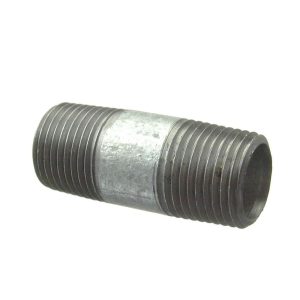 Nipple is a short conduit or piping material used to extend a piping system.
Nipple is a short conduit or piping material used to extend a piping system.
Darts are used between pipes or tubes and items such as, but not limited to
, fittings, boxes, attachments or between two boxes, attachments, etc.
When using a dart to extend a duct run into a container, box, etc.
, the percentage wire packing requirements described in Chapter 9, Table 1 of the NEC apply.
When darts are installed between boxes, enclosures, etc. and do not exceed 24 inches, 60% wire packing is permitted. Nipples
Factory-made RMC is threaded on both ends and is available in all sizes with lengths up to 12 inches.
Longer lengths are available by special order or may be field fabricated.
The link.
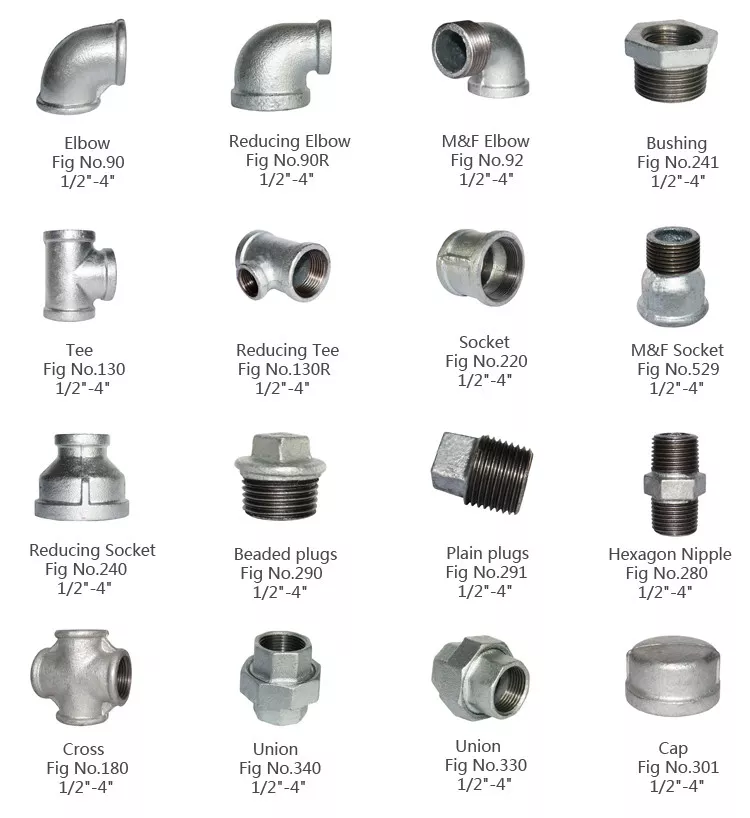 Factory made couplings are available for EMT, IMC and RMC in all conduit sizes.
Factory made couplings are available for EMT, IMC and RMC in all conduit sizes.
Integrated couplings are available in trade sizes ½ to 4.
In EMT,
The connection shall be a hollow end of pipe with specified bolts.
For IMC and RMC
The coupling is a separate component that allows the coupling to be installed by rotating the outer coupling instead of the pipe.
Improve electrical project delivery and project management system:
3 methodological approaches
Most automation system faults are usually due to some wiring issues.
Only experienced electricians can install a special automation solution that guarantees reliability.
Furthermore, all electrical projects start with a schedule in which key dates are set.
Meeting deadlines is the most basic strategic goal of every project.
While strategy is essential, being close to the details is far more important.
If you focus more on details,
You can ensure the progress of any future electrical projects.
It is true that even the coolest and most detailed projects often depend on the smallest aspects.
Hence, it is equally important to envision a detailed and systematic approach. The methodological approaches applied in electrical project management are described below.
· Communication, detail management and feedback
Project milestones and the Critical Path Method (CPM) is where each individual process begins.
It is necessary to monitor all activities described in the CPM schedule on a particular project over a period of three weeks.
Project leaders and contractors leading the team should start in
Break down these tasks and activities into details.
They need to make some notes about workforce needs and specific job responsibilities.
Combine all notes and make them into one detailed list.
Above all, we highly recommend constant communication between teams.
Also, based on the notes, you can better summarize all completed tasks and unfinished items.
· CPM project schedule
The details in developing a project schedule using CPM are certainly beyond the scope of the entire project.
Project leaders need to know how to select the most likely activities for the project.
There will be activities shown with red bars.
Red bars indicate a critical status in the project,
Which means that the activities undertaken under it must be started and completed on time and within budget.
Otherwise, no one can get the completion date for the project.
Main sockets
Today’s electricians take advantage of advanced piping products that are well made of plastic, metal, and fiberglass.
In addition, various types of compatible fixtures make wire pulling and routine tasks easier.
Conduit bodies are used for many complex methods in the electrical wiring system.
Hence, mastering the art of electrical conduit is crucial to the career of an electrician.
 To know our latest products and special offers, please subscribe to our social media pages:
To know our latest products and special offers, please subscribe to our social media pages:
Our Facebook page=> Gahzly store
Our Twitter page=> Gahzly store


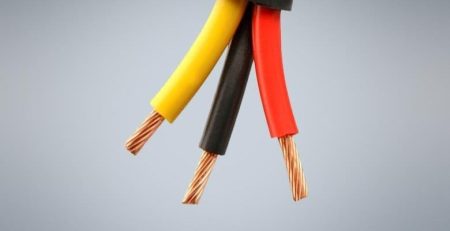

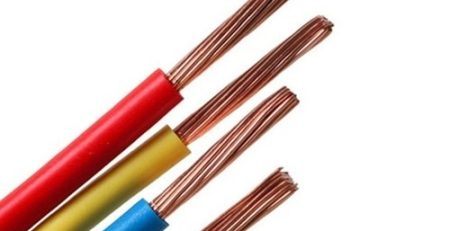
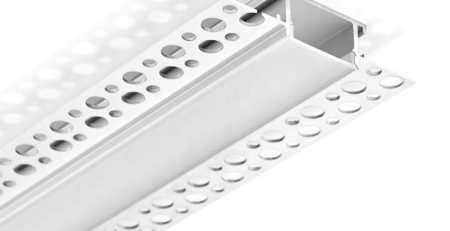
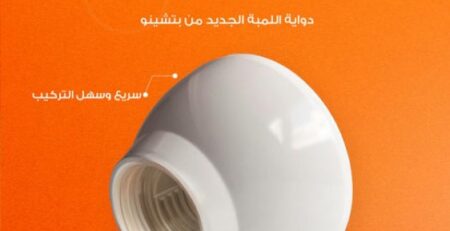


Leave a Reply
You must be logged in to post a comment.